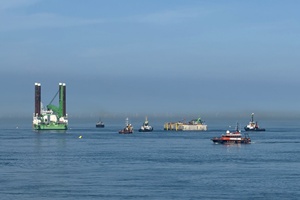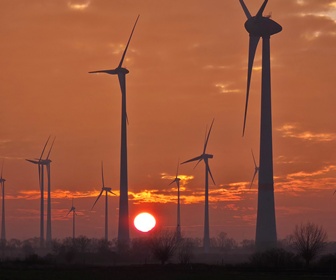 Construction of the Princess Elisabeth Island, Belgium’s artificial energy island, is underway in the North Sea. Located 45 kilometres off the coast, the project has progressed with the installation of the first two concrete caissons that will form part of the island’s outer perimeter.
Construction of the Princess Elisabeth Island, Belgium’s artificial energy island, is underway in the North Sea. Located 45 kilometres off the coast, the project has progressed with the installation of the first two concrete caissons that will form part of the island’s outer perimeter.
A total of 23 caissons will be placed to create the foundation of the energy hub, which will later be filled with sand to support high-voltage infrastructure for connecting new offshore wind farms. The caissons, each weighing around 22,000 tonnes and measuring 58 metres long, 28 metres wide, and between 23 and 32 metres high, were transported from the port of Vlissingen, the Netherlands.
Each caisson is towed 98 kilometres (around 53 nautical miles) through the Western Scheldt and the North Sea by four tugboats. The full installation cycle—from departure to placement—takes approximately 24 hours. At the site, the caissons are aligned using pre-installed anchors and precise surveying tools. Water is gradually added to allow controlled submersion to the seabed. Following installation, the caissons are stabilised with rock armour to protect against seasonal storms. The interior is then filled with sand, and gaps between the caissons are sealed to prevent leakage when the island platform is constructed.
The operation is being conducted on behalf of grid operator Elia by TM Edison, a joint venture between Belgian marine contractors Deme and Jan De Nul.
The ongoing operation involves about ten vessels, including tugboats, a multicat, dredgers, and installation ships. Around 150 personnel are participating in this phase of the project.










